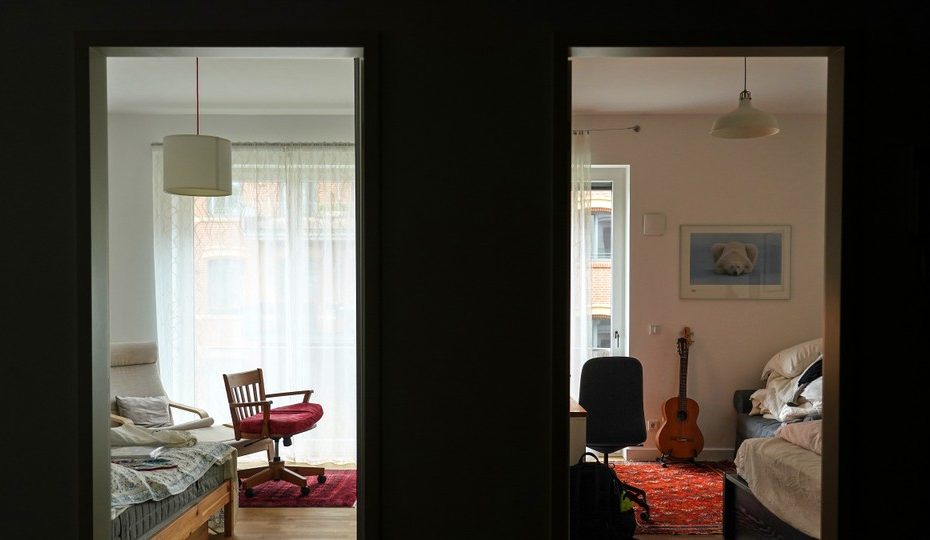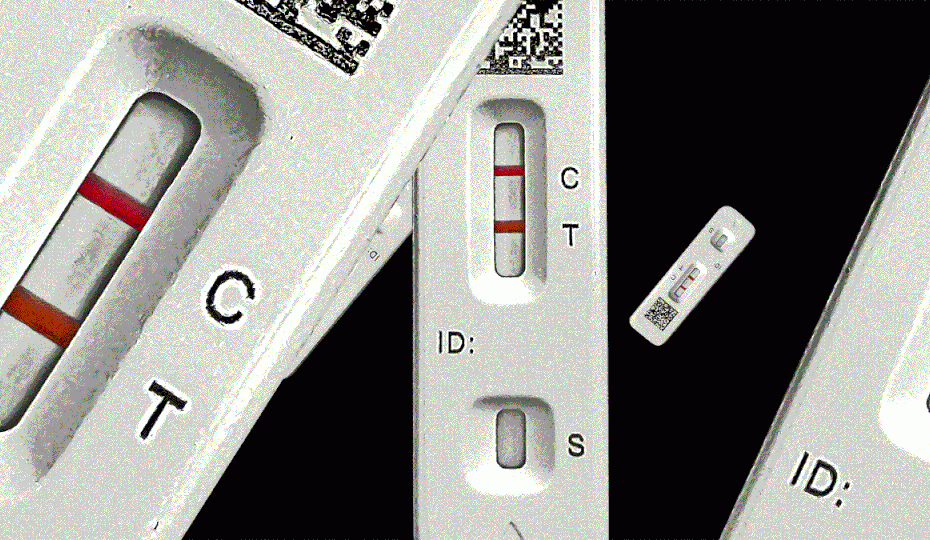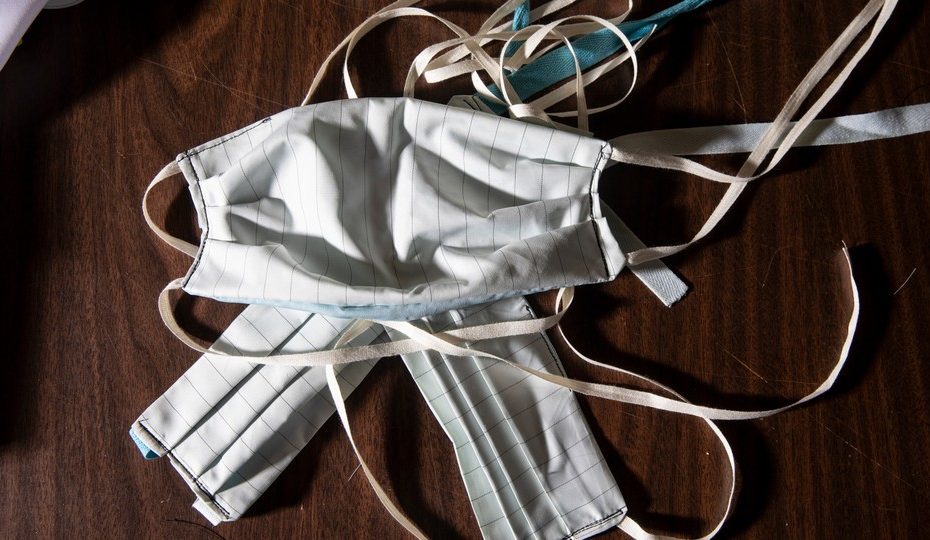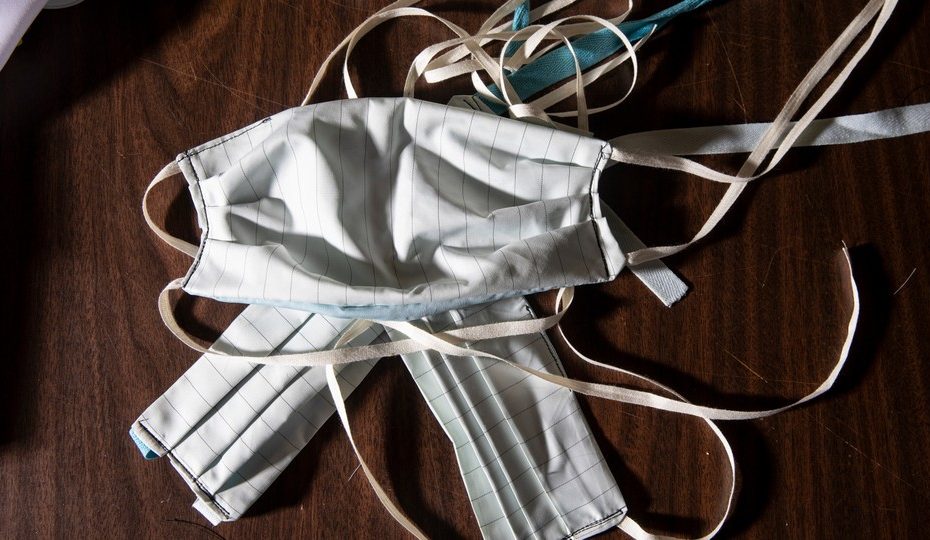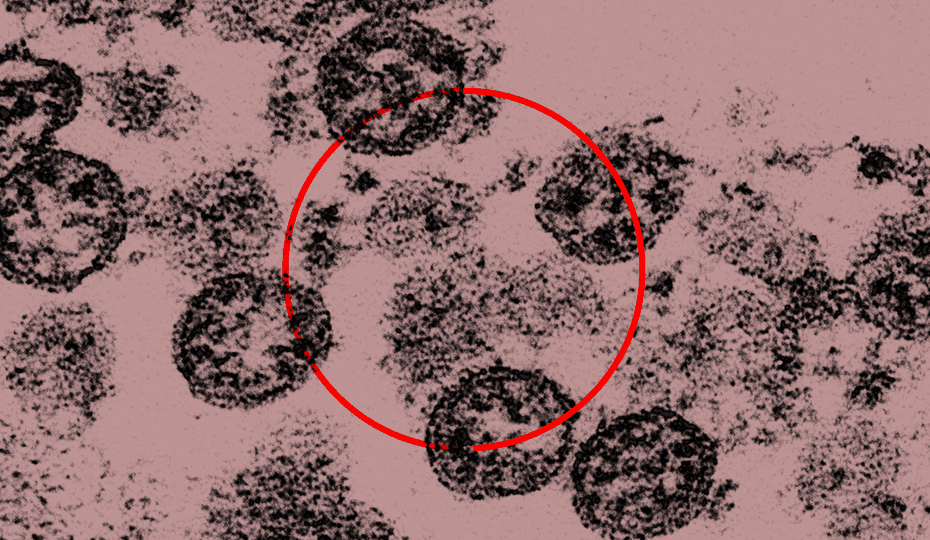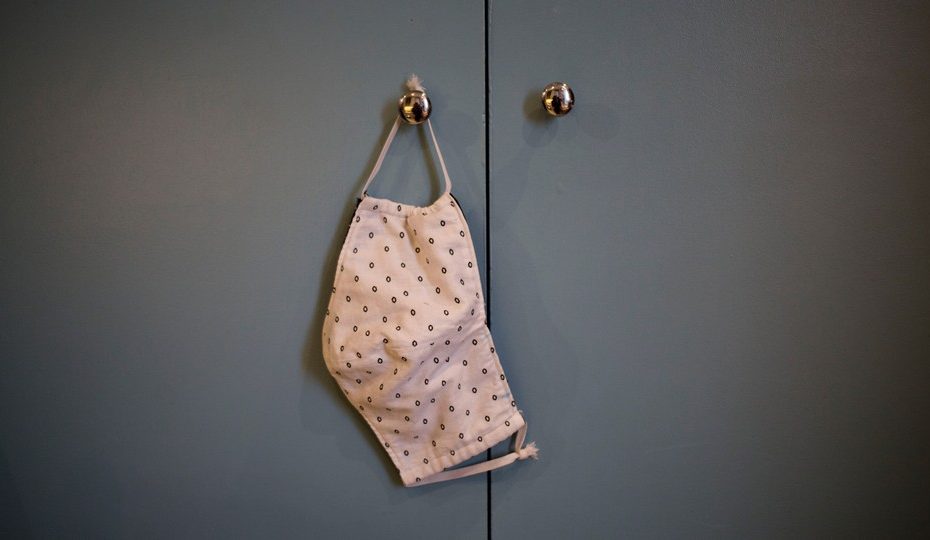The Odds of Getting COVID From Your Housemate Are ‘About a Coin Flip’
By this point, the pandemic saga has introduced us to a cast of recurring characters. Among them are the Chill Friend, who is totally over COVID precautions at this point, and the Unlucky Acquaintance, who has had COVID three times and brings it up whenever someone else falls sick. And then there is the Person Whose Roommate Has COVID.

